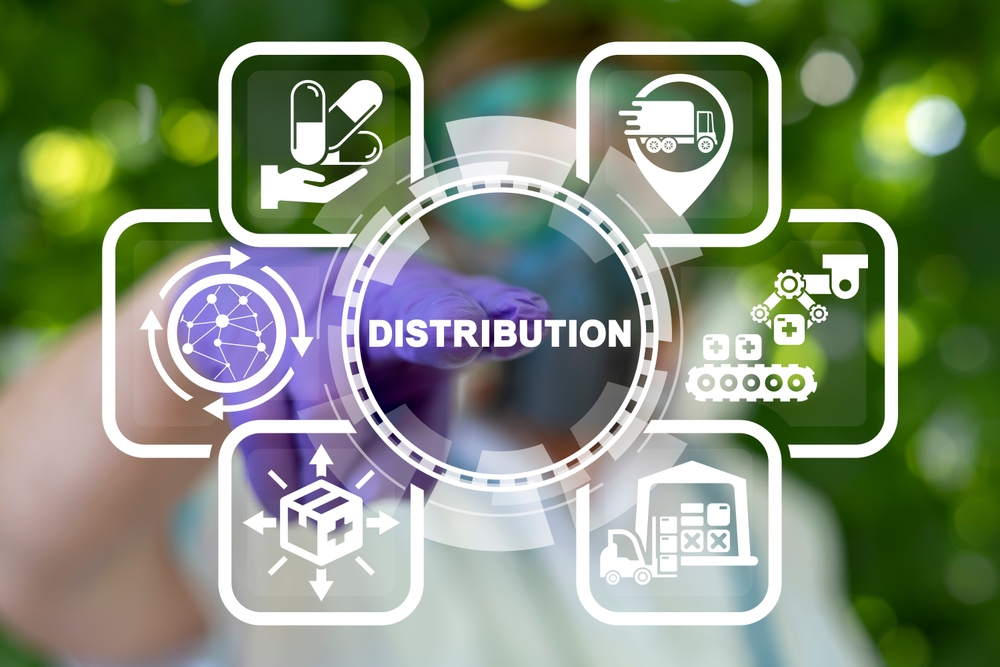

Have you ever sat at the pharmacy contemplating why some medicines or supplies go out of stock when they are most needed? Or why healthcare costs seem to increase every year? Behind the scenes, healthcare logistics is a delicate balancing act. Hospitals and clinics work tirelessly to ensure that the proper supplies get to the right place at the right time. When systems fail, the fallout can cascade through the entire system for both patients and providers. The good news is that big data transforms how these challenges are managed.
Imagine using past patterns to inform future needs to prevent a shortage of essential medicines or to facilitate parcel shipping for critical equipment. By analysing vast amounts of data, healthcare providers can make more timely and accurate decisions that lead to better results for all stakeholders involved.
While this might seem feasible for only large organisations, it is not. Predictive analytics and big data are opening new opportunities for healthcare systems of all sizes to optimise their supply chains. This article will explore how big data works, how it impacts logistics in healthcare, and how it leads to a more efficient, patient-driven future.
What are big data and predictive analytics?
Let us explain big data
Think of healthcare like a puzzle, with the pieces scattered across EHRs, wearables (such as smart watches), mobile apps, and hospital supply chains. All these sources generate big data—the volume of information collected and the tools used to manage it.
Big data is unique for its three V’s: volume (it is large), variety (it comes in all shapes and sizes, from medical images to appointment schedules), and velocity (it is generated quickly). When processed correctly, this data reveals patterns that healthcare providers and supply chain managers can use to make smarter decisions.
For example, analysing big data can improve how parcel shipping for medical supplies is managed, ensuring essential items reach hospitals and clinics on time. The goal? This wealth of information can be used to improve patient outcomes, reduce costs, and streamline delivery services across the healthcare system.
Making sense of predictive analytics
Think of predictive analytics as using history to ‘predict’ what comes next. Predictive analytics uses data from patient records, treatment histories, and other sources to find patterns and trends. For instance, imagine a system that notices a consistent link between certain symptoms and a specific illness.
With this, healthcare providers can intervene early to provide preventive care before the condition deteriorates. However, predictive analytics is not just about patients—it works wonders for healthcare logistics. It can predict demand for medical supplies, helping providers avoid shortages or overstocking.
Why does it matter for healthcare?
Predictive analytics transform healthcare by enabling more tailored patient care, improving outcomes, and increasing satisfaction. Understanding patient needs before they arise allows healthcare providers to deliver customised treatments, leading to more effective care and better outcomes.
It also enhances healthcare logistics, ensuring shipping and inventory are managed more efficiently so supplies arrive precisely where and when needed. This proactive approach helps optimise resources and reduces waste and unnecessary costs, making healthcare delivery more streamlined and cost-effective.
Related article: Logistics Made Easy: How Predictive Analytics is Powering Efficiency in Supply Chain Management
Real-world benefits of predictive analytics in healthcare
Preventing supply shortages
As the winter season approaches, hospitals will likely be jampacked with flu patients. With predictive analytics, hospitals will use historical data and machine learning to anticipate these surges in demand, enabling healthcare providers to stock up on critical supplies ahead of time.
This proactive approach prevents shortages and avoids the chaos that can arise from scrambling to restock. Even during large-scale events like the COVID-19 pandemic, predictive models have shown their worth, ensuring that vital supplies are always available. These tools streamline healthcare logistics by creating a more resilient supply chain, reducing waste while maintaining service continuity during unexpected spikes in demand.
Reducing costs for providers and patients
Predictive analytics is an outstanding tool for managing costs. Hospitals can implement targeted follow-up care to prevent costly readmissions by identifying high-risk patients. These insights extend to resource planning as well. Predictive models can help healthcare organisations optimise staffing levels and allocate resources more effectively based on expected patient volumes. This lowers operational costs and improves efficiency, translating to more affordable care for patients.
Improving patient care through better forecasts
Predictive analytics transforms patient care by detecting health risks before they become critical. By analysing data from health records and wearables, healthcare providers can spot early warning signs—such as irregular heart rhythms or the onset of an asthma attack—and take timely action. This approach enables personalised treatment plans that improve patient outcomes and reduce emergency room visits. Integrating predictive tools ensures patients receive targeted care and resources exactly when needed, shifting healthcare from reactive to proactive and enhancing overall efficiency.
Common misconceptions and challenges
Is big data only for big companies?
A common misconception is that big data is only helpful for large businesses with heavy budgets. But this is not true. Thanks to open-source tools and affordable cloud solutions, even small healthcare providers can harness the power of big data. These tools allow them to analyse patient data, improve decision-making, and enhance operations without substantial upfront costs. So, whether you are a small clinic or a large hospital, big data can help you stay competitive and improve your services.
Addressing concerns about data privacy
Data privacy is one of the biggest concerns when discussing big data in healthcare. People worry that their sensitive health information may be mishandled. Healthcare providers must proactively address these issues by instituting robust data protection practices and abiding by rigorous regulatory standards such as GDPR or HIPAA. This ensures that patient data are collected, stored, and used safely. Transparency about these practices and clear communication about the benefits of big data will help build trust, showing that responsible data use can lead to better services without compromising privacy.
Looking ahead
Emerging innovations that could transform healthcare
The future of healthcare is full of innovations set to change the way care is delivered:
- Artificial Intelligence (AI) enables faster, more accurate disease detection and helps create personalised treatment plans based on extensive patient data, improving outcomes.
- CRISPR Gene Editing: This technology allows precise gene editing, offering potential cures for genetic disorders and advancing personalised medicine, though ethical considerations must be addressed.
- Telemedicine and eHealth: Telemedicine increases accessibility, especially for remote patients, while mobile health apps enhance communication and follow-up care from home.
- 3D Bioprinting: This technology promises to create tissues and organs, reducing animal testing and accelerating drug development for safer, more effective treatments.
- Digital Twins: Virtual models of patients offer real-time health insights, enabling personalised and proactive care management.
Related article: Inside Cell and Gene Therapy Shipments: A Logistics Deep Dive
How businesses can start exploring big data
The journey can be manageable and rewarding for healthcare organisations looking to harness big data.
- Invest in data infrastructure: Ensure solid data systems are in place. Cloud-based solutions are scalable, allowing you to collect and analyse data without significant upfront costs, improving logistics and operational efficiency.
- Leverage existing technologies: Use open-source tools to enhance patient care and optimise shipping services without starting from scratch.
- Focus on training and talent acquisition: Build a skilled team to analyse data and improve patient care, inventory management, and logistics.
- Start small with pilot projects: Before scaling up, test big data’s impact with smaller projects, such as improving your delivery service or monitoring patient readmission rates.
- Ensure compliance with regulations: Establish robust governance frameworks while leveraging big data for insights to stay compliant with data privacy laws like HIPAA.
Moving forward
Big data is the future of healthcare, offering vast potential for improving patient care and operational efficiency. Start by exploring how your data can enhancehealthcare logistics or parcel shipping. These initial steps can show how big data streamlines operations, from patient care to delivery services.
Furthermore, numerous resources and communities are available to help you learn how others are using big data to transform healthcare. We are here to consistently keep you informed on how this technology can benefit your organisation in the future.




